#crocodilian
Text

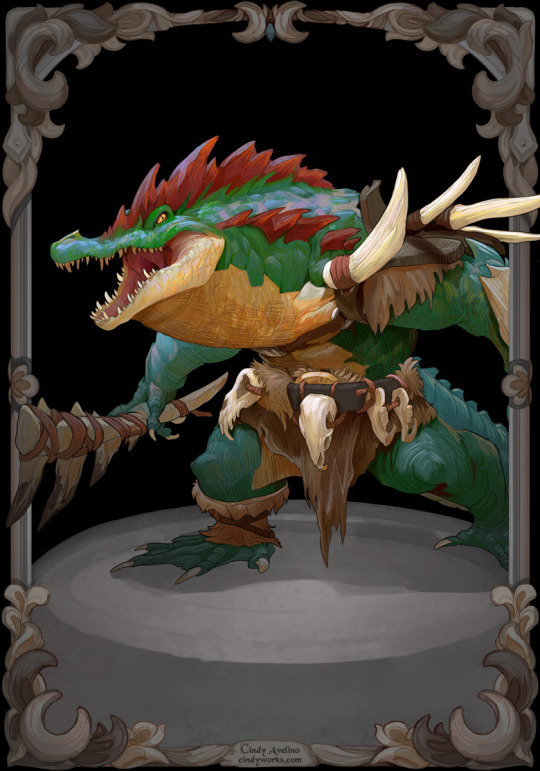

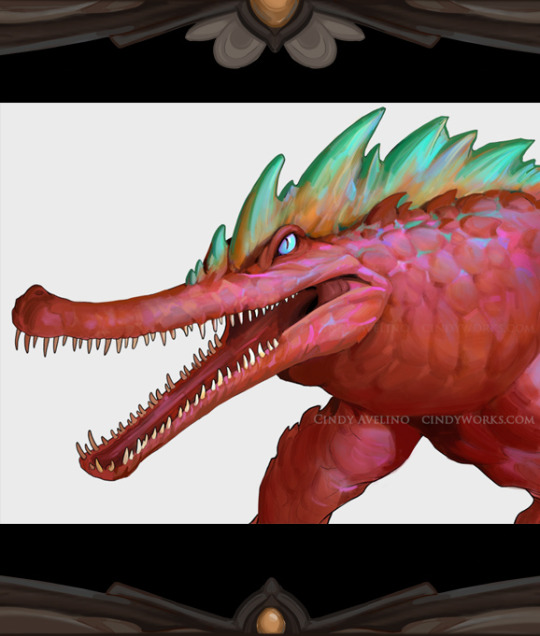

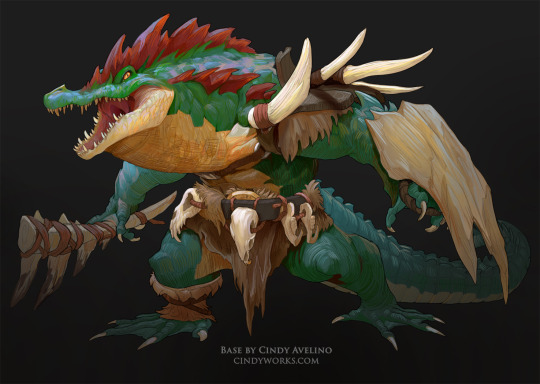
Crocodilian Base
The Base is a character template that contains PSD Files with customizable parts in Layers for the user to create a Crocodilian or Lizardfolk character.
<><><><><><><><><><><><><><><><>
#croc#crocodile#crocodilian#crocodile character#base#baselineart#base lineart#base psd#dnd#dungeons and dragons#d&d
35 notes
·
View notes
Text
mods are asleep post Front Gharial

#gharial#crocodilian#reptiblr#this way people can have Front Gharial without a long post#everybody wins when they see Front Gharial
10K notes
·
View notes
Text

15K notes
·
View notes
Text

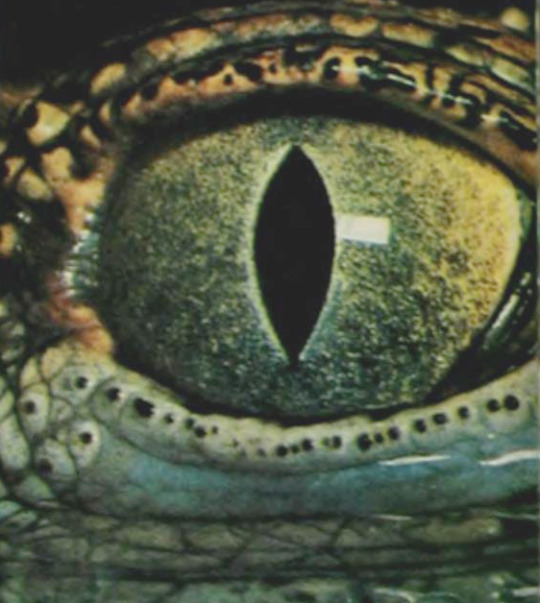
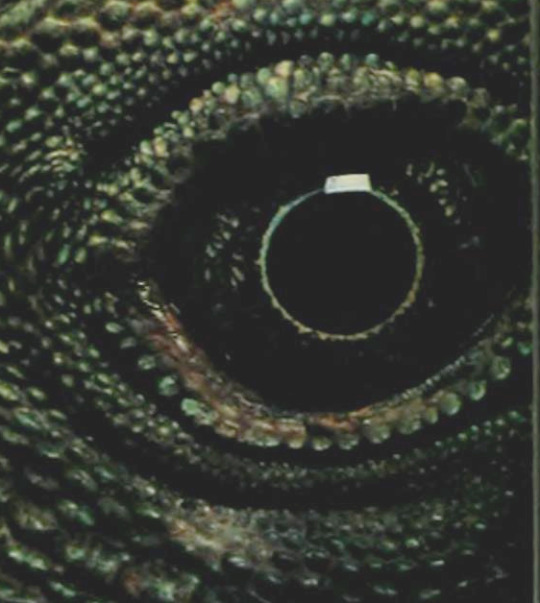


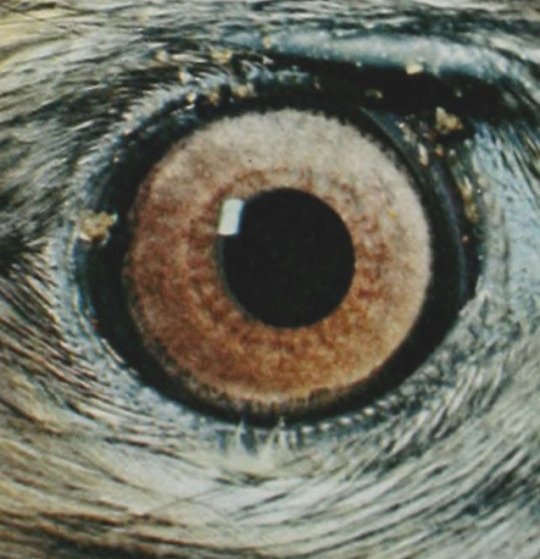
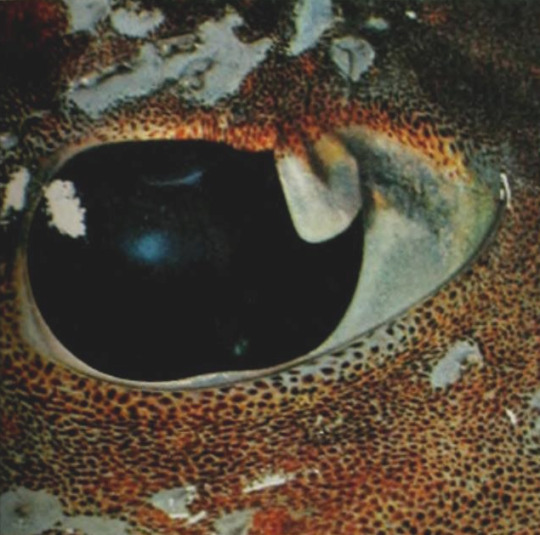
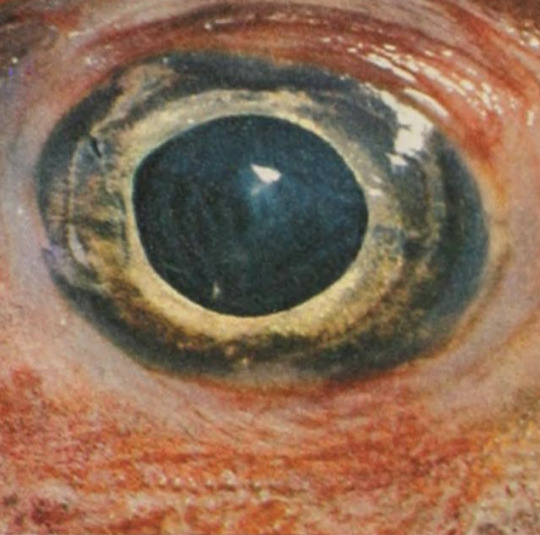
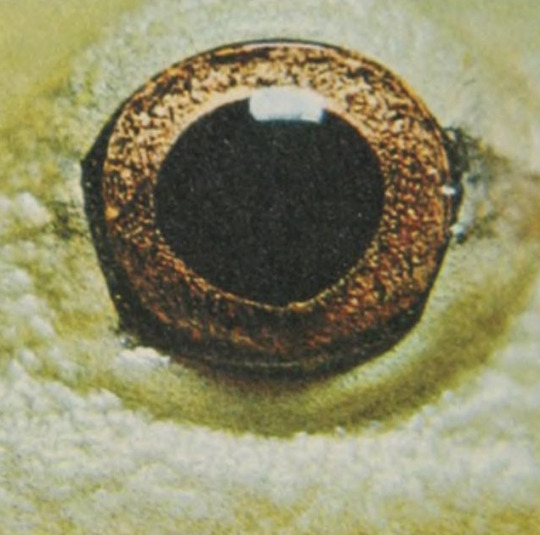



The eyes of various animals
By: Unknown photographer
From: Disney's Wonderful World of Knowledge
1971
#wasp#crocodilian#iguana#owl#chicken#buzzard#cuttlefish#perch#frog#deer#cat#hymenopteran#insect#arthropod#invertebrate#reptile#lizard#bird#galliform#hawk#accipitriform#cephalopod#mollusk#perciform#bony fish#fish#amphibian#ungulate#feline#1970s
9K notes
·
View notes
Text

American Crocodile (Crocodylus acutus), family Crocodylidae, Tarcoles River, Costa Rica
photograph by by Mark Kostich
1K notes
·
View notes
Text
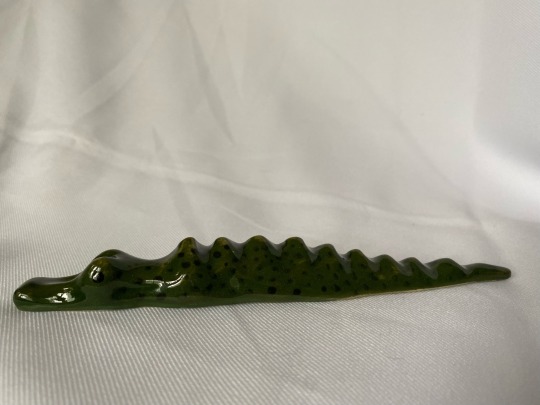
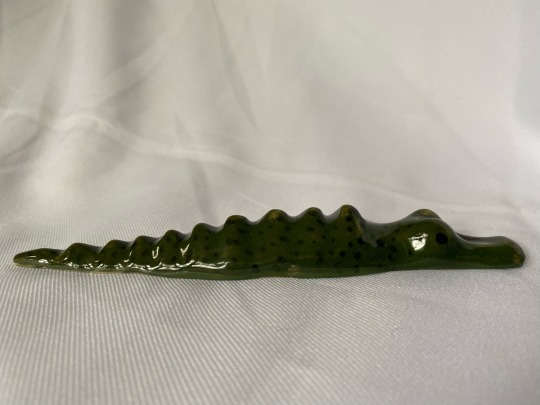
this is a little brush rest I made for myself
#crocodilian#crocodile#alligator#reptile#he's my sweet baby and he's usually covered in underglaze#sculptural#brush rest#little dudes#kind of#sculpture#glazeware
2K notes
·
View notes
Text
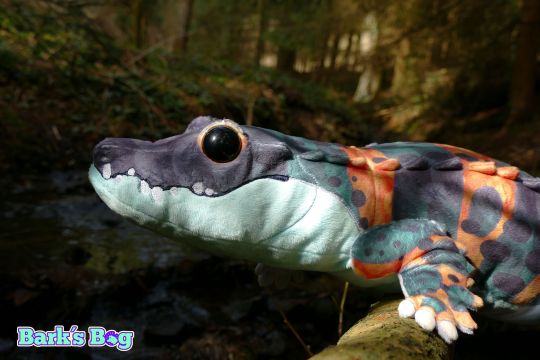



100% Bitefree* Disco Crocs !!!
they are big, soft, weighted and have poseable little leggies!
*bark´s bog is not legally liable for any croc bite injuries caused by the little dudes provided by us
---
adopt one of these chonky guys from my bog!
barks-bog.com
#the perfect pet crocodilian! no bites! no growing huge! cuddle them whenever!#you can even take them to the petstore with you#put them in a baby carrier and give them a little kiss#plushies#plush#crocodile#crocodilian#croc#handmade#plushblr
919 notes
·
View notes
Photo




Works by J-Edward-Neill
734 notes
·
View notes
Text

From Stardust to Stardust - Alligator
This was such a fun piece, it took me a while but made me appreciate Alligators and crocodiles in a new way! Such amazing, ancient animals, I love them!
Thanks to Malcolm for this opportunity!
Prints and tattoo files are available!
Prints: https://www.etsy.com/ArtofMaquenda/listing/714985107
Tattoos tickets: https://www.etsy.com/ArtofMaquenda/listing/715007189
#alligator#gator#crocodilian#reptile#stardust#croc#circle of life#spiritual art#art#nature#artofmaquenda#maquenda
1K notes
·
View notes
Text
#parthenogenesis#american crocodile#crocodylus acutus#crocodylidae#crocodilian#pseudosuchia#archosaur#asexual reproduction
1K notes
·
View notes
Note
I love crocodile plush! Did u have some? 🤭🐊
This inspired me to make a crocodile post, so here you go! I didn't differentiate between crocodiles, alligators or other crocodilians, here are simply ALL of them. I hope you like them! (please note that all of these are retired and no longer available for purchase from the Jellycat website)
All Jellycat Crocodiles 🐊



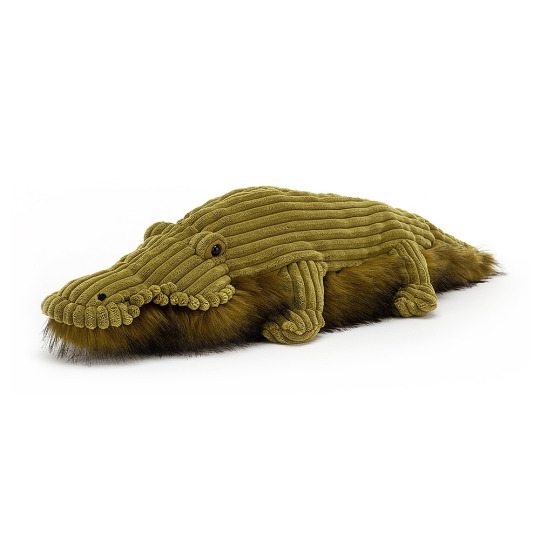
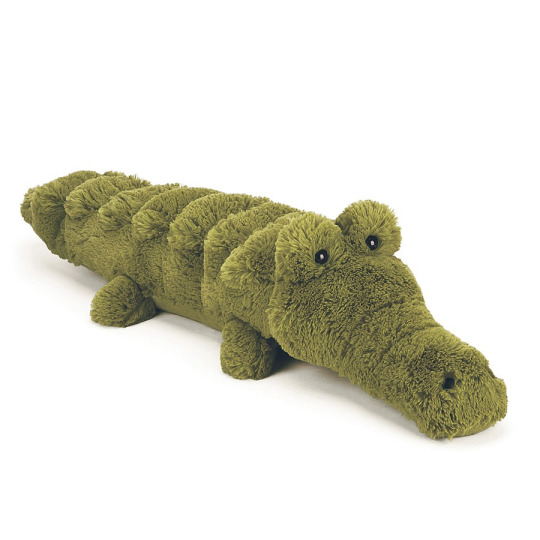
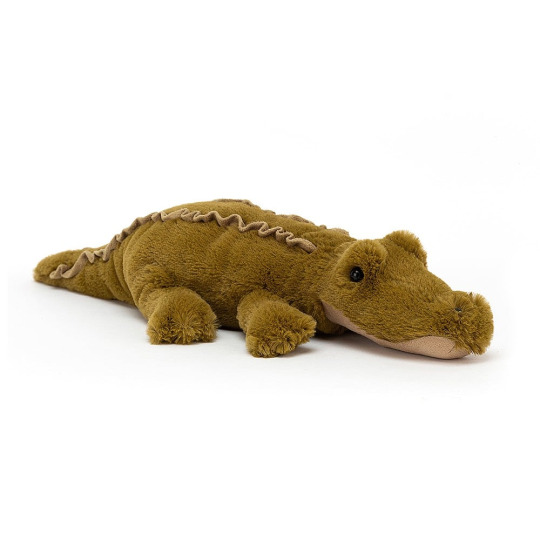


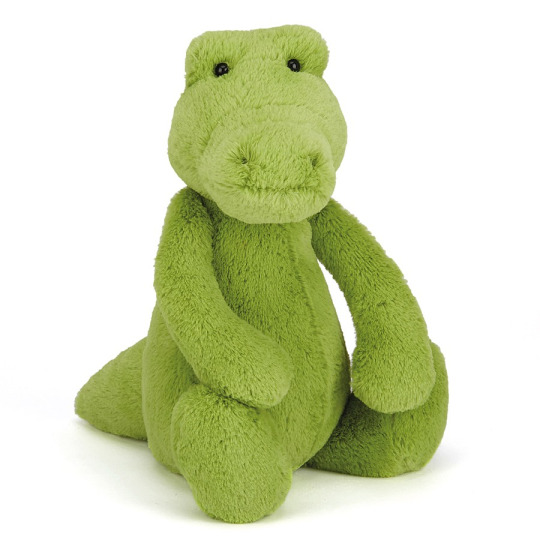




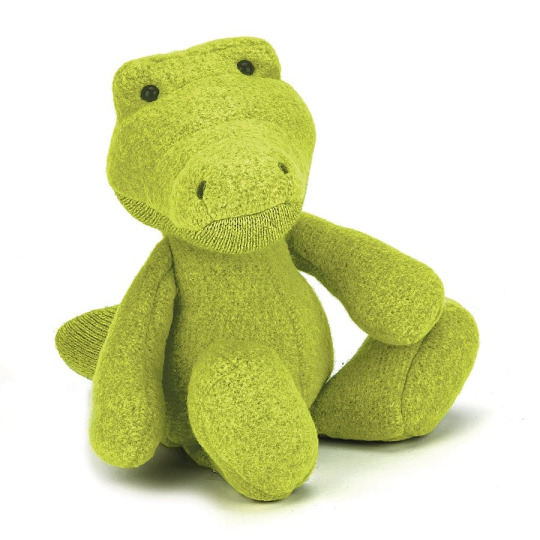

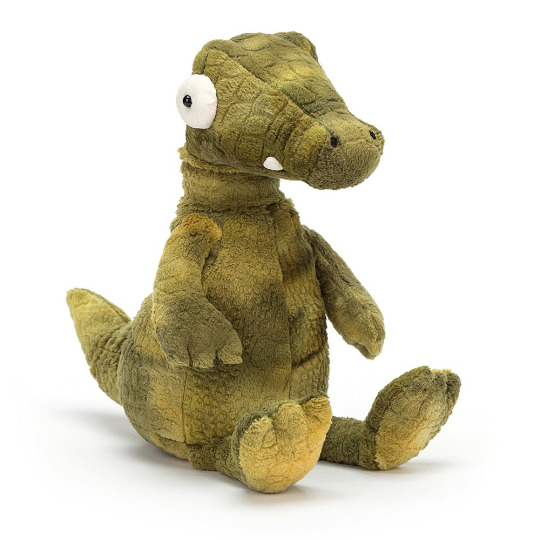



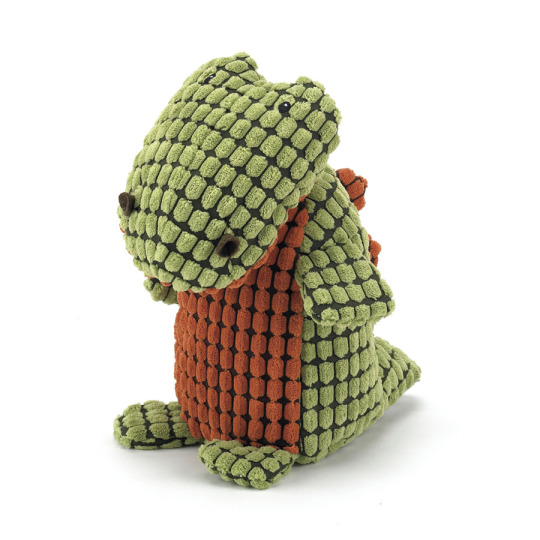


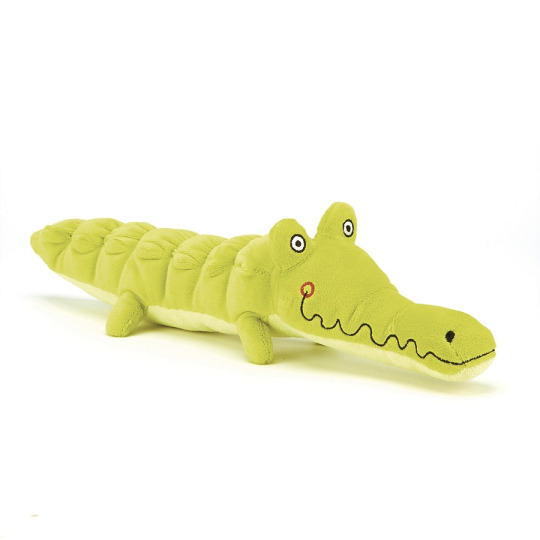
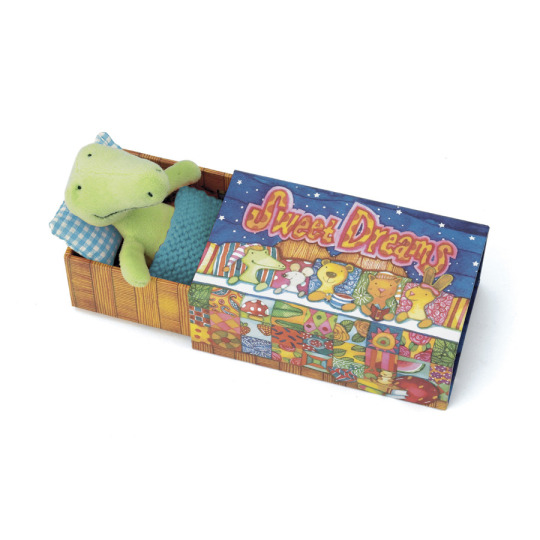
(from left to right: Zigzag Croc, Zaggy Croc, Diddle Croc, Wiley Croc, Gilbert Gator, Lollibob Caiman, Toothy Croc, Jumble Croc, Bashful Croc, Wurly Croc, Tiglet Croc, Furryosity Croc, Slackajack Croc, Vivi Croc, Dapple Croc, Alan Alligator, Cordy Roy Gator, Cordy Roy Croc, Knitnot Croc, Criss-Cross Croc, Gaston Gator, Dancing Darcey Alligator, Gavin Gator, Sweet Dreamer Croc)
Ko-fi / Instagram
#asks#jellycat#jellycats#jellycatstuffies#jellycatlondon#jellycatplush#crocodile#croc#crocodiles#crocodilians#crocodilian#reptile#reptiles#herpetology#cute#plush#plushies#plushie#stuffed animals#stuffies#stuffed animal#plushblr#plushcore#plushiecore#stuffiecore#plush toy#plush toys#toycore#green#masterpost
413 notes
·
View notes
Photo
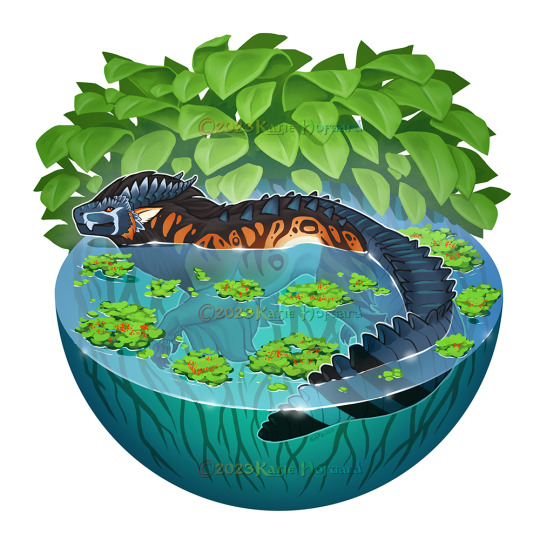
Petite place for Avineahr of their character Miharu!
Posted using PostyBirb
328 notes
·
View notes
Text
Is It Ok For An Alligator To Have Tape On Their Mouth?
Alligators make pretty amazing animal ambassadors when handled safely and ethically. And it is actually pretty safe to take them out to interact with the zoo-going public (or general public in some settings), when done correctly. Many zoos and outreach organizations do an amazing job of this! Every state has different rules, but even if a state doesn't mandate that alligators be banded... well, if you're a responsible crocodilian handler, you'll band anyways. It's a huge public safety issue! Even an accidental graze against their front teeth can cause injury. See, the alligators that are used as handle-able ambassadors are pretty small, and their teeth are razor sharp. An adult gator has sharp teeth, too, as well as blunt teeth for crushing, and they also have the additional force of their jaw muscles.
Here's what it sounds like when an adult alligator pops his jaw. (Don't worry about the hissing/gaping; this is a trained and queued behavior. The stick towards the top of the inside of the mouth is triggering the bite reflex. Chester probably got lots of chicken and fish as he learned to do this.)
youtube
Skip ahead to 0:32 if you wanna skip the guest commentary.
What's more, biting is an important reflex for crocodilians. The lower jaws of crocodilians are some of the most innervated tissues in the animal kingdom; they are more sensitive than human fingertips! Even the slightest touch triggers their bite reflex, which likely is an adaptation that lets them detect changes in water pressure that signal a snack heading their way.
Here's a pretty good video about the biomechanics of crocodilian jaws:
youtube
So yeah. They need to not be able to bite for public safety. There's just too much risk involved with an unbanded alligator (or other crocodilian). Fortunately, it's easy to get a crocodilian to not bite- you just need to band its mouth!

(This fella is Frodo the dwarf caiman, but the principle is the same.)
This works because while crocodilians have an extremely strong bite force (claims range from 2,000 PSI to 5,000+ PSI, but I don't have time to get into that now but someday I will probably), but not particularly strong muscles to open their mouths. Selective pressure for quickly nabbing prey in murky water where there's not a lot of visibility lead to pterygoid and adductor muscles so big, they extend into the animal's neck. But those muscles only pull the jaw closed- they don't work to open it! That's why you see people holding an alligator's mouth closed with their hands.
Safe bands include:
Silicone tape- this is the best. It sticks to itself and not the gator's snout
Electrical tape
Medical tape
Rubber or elastic bands
There are other options, but these are the most popular- they're cheap, easily available, and safe. So if you see an alligator (or other crocodilian) out in public and it's got tape on its mouth, don't worry too much- it's safe for the gator (most of the time) and it's safe for you!
Here's a couple of safe tape options, modeled by a juvenile American alligator in pink electrical tape (I forget her name, these are from an outreach event a couple of years ago) and Pagasa, a juvenile Philippine crocodile wearing the white medical tape.
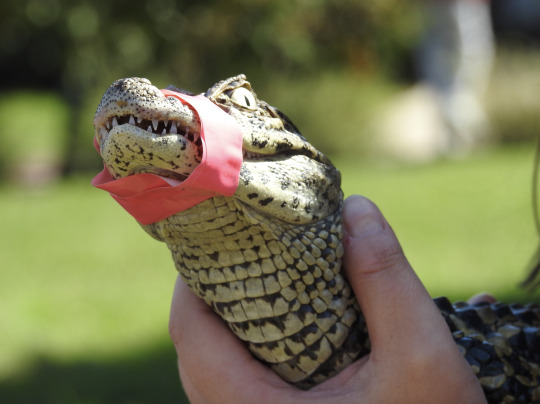

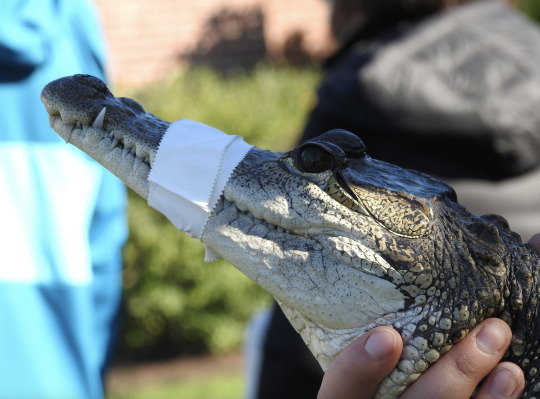
So when is tape not safe? When it's the wrong kind of tape. One of the worst offenders is duct tape.
When you're banding an alligator, you need to think about how sensitive their jaws are. A band that's too tight or too sticky can hurt them badly when it's removed- and you want that removal process to be fast, so that it doesn't stress them out too much.
What inspired this post was this picture I saw on Facebook:

That's so much duct tape! Now, this little guy is quite unhealthy; he's been loose in the Pittsburgh area all winter, and he's been struggling. What you see here is a very quick tape job done as he's getting ready for transport. The article didn't say who taped him, but given that he's in a dog crate and was found by bicyclists, I would wager that it was some harried animal control officer who was doing the best they could. And that's fine because this was truly an emergency situation. In an emergency situation, uncomfortable is always, always better than unsafe.
But if you see a tourist attraction and they've put duct tape on their alligator's mouth? That's a red flag! Banding an alligator in public is the safe, correct thing to do- you just want to make sure that it's done right.
If you want more information about alligator jaws, here's some interesting papers to read:
Erickson, Gregory et al. Insights into the Ecology and Evolutionary Success of Crocodilians Revealed through Bite-Force and Tooth-Pressure Experimentation. PLoS ONE 7(3): e31781.
Knight, Kathryn. Croc Jaws More Sensitive Than Human Fingertips. Journal of Experimental Biology (2012) 215.
Sellers et al. Ontogeny of bite force in a validated biomechanical model of the American alligator. Journal of Experimental Biology (2017), 220.
631 notes
·
View notes
Text
Croc colours and patterns
Somewhat inspired by a recent post by Joschua Knüppe, I feel like it's a good thing to remind people just how diverse colours and patterns in modern crocodilians are. When I see people make art, it often seems to stick to grey or yellowish-brown tones, which is of course not incorrect. But theres a lot of, imo, underappreciated variety still. It's also worth noting beforehand that patterns are most striking in younger individuals and naturally become more muddy the older and larger an animal becomes. But as you will see, even some decently large and old animals may maintain a striking appearance.
Take this alligator for example. Gators tend to be on the darker side, dark greys to black, sometimes countershaded and sometimes pretty consistent. Some individuals, like this one photographed by Gar Luc, still retain clearly visible stripe patterns from when they are younger.
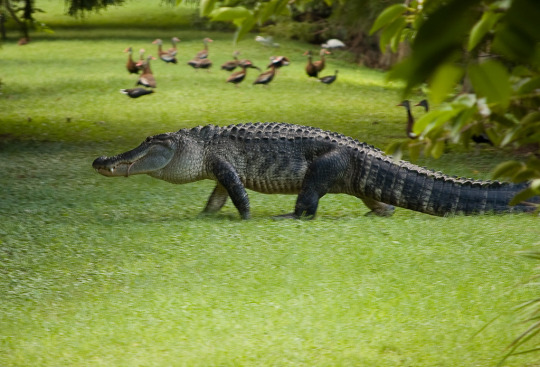
Or take one of my favourite species, the Cuban Crocodile, which can appear almost bright yellow with a dense pattern of leopard spots. Of course like with the gator you can find individuals that are much more drab, with washed out colours, but individuals with clearly defined patterns still exist.

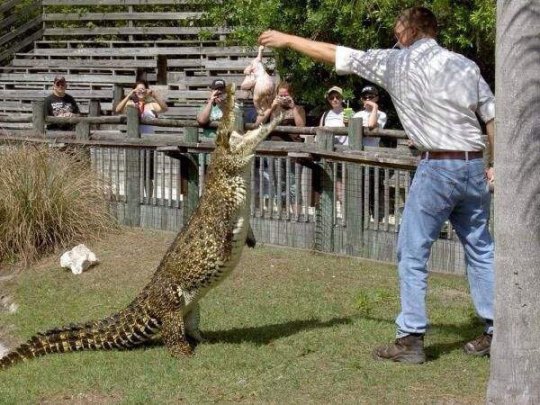
Then there's gharials of course. They can range quite a bit in colouration. They can be brown, especially younger ones and females and I've seen males range in colour from a drab grey to almost a light blue or even something that could be described as metalic black.
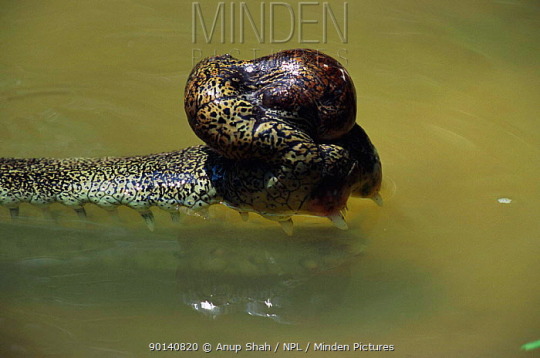


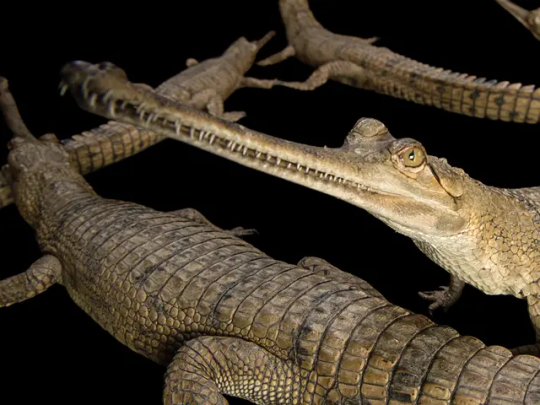
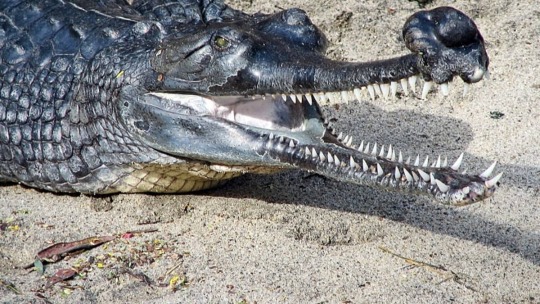
Black Caimans are also pretty interesting in my opinion and pretty easy to tell apart from other species once you pay attention to their colour. They are primarily a deep dark black of course, but what sets them apart from spectacled and other caimans is that very fine pattern of thin white stripes across the flanks that creates this beautiful contrast. They can also have patches of brown like the one on the right.


Orinocos also vary a great deal. Tho I know less about them than I wish I did, I know that individuals can range from drab brownish greys to yellow to somewhat earthy browns that almost range into reds.
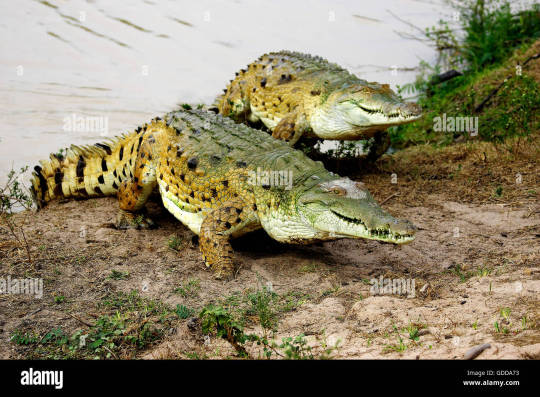
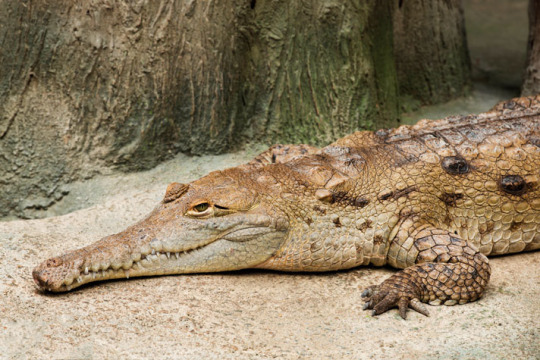
The next ones a bit of an outlier. There are specific cave dwelling dwarf crocodile populations in western Africa with striking orange colouration. Tho this one is not exactly natural pigmentation to my knowledge and instead the result of the chemicals present in the water they inhabit, brought there by bat guano. Still very pretty animals.
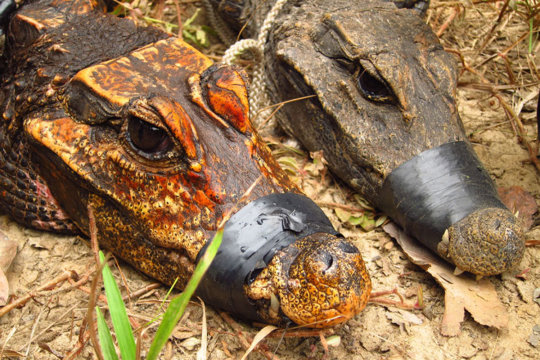
And then there's Paleosuchus, the dwarf caiman which contains two species. Again highly varied. The first image, which I believe is a Schneider's dwarf caiman, shows a very earthy brown. The others, which unless I'm mistaken are Cuvier's dwarf caimans, show colours ranging from dark with a rusty head, black to this still beautifully patterned individual. Of course these variations are also subject to change with age.



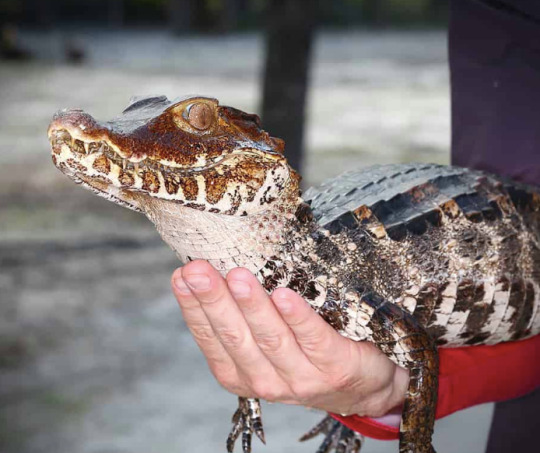
While salties aren't exactly known to be the most vibrant, I'd be remissed if I didn't mention this specific one. It's kept in a zoo in Germany and has this almost bizarre colour combination of creamy white underbelly and chocolate brown top which I've never seen in another saltwater crocodile. Photos by my friends Markus Bühler from the Bestiarium blog and René Dederich

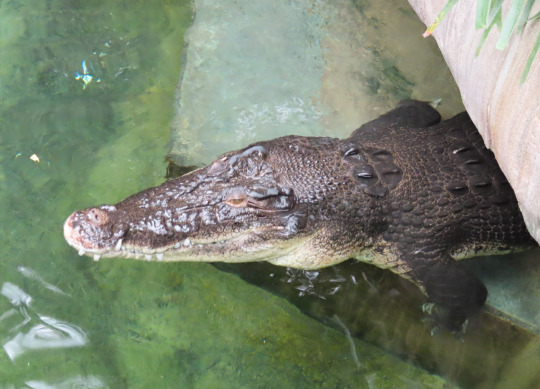
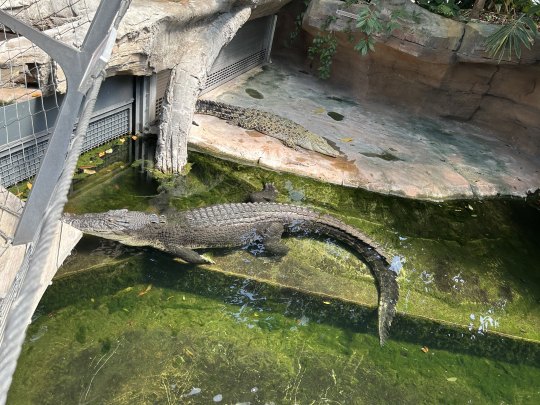
Spectacled, Broad-snouted and Yacare caimans I'll give a quick shout out. I think most people are familiar enough with how they look like and while their colours aren't anything special, I still think one should appreciate their patterns of spots and stripes and facial markings.

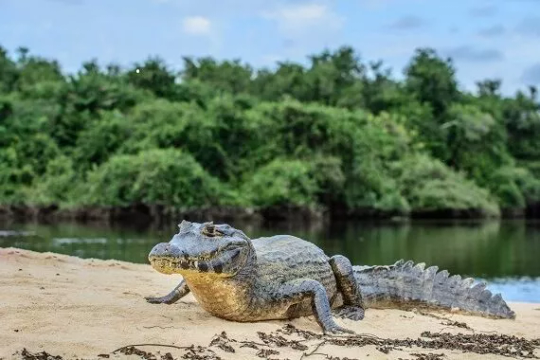


The last one I wanna highlight is the false gharial, Tomistoma, another one of my favourites. Part of the reason why being its at times beautiful reddish-brown colours.
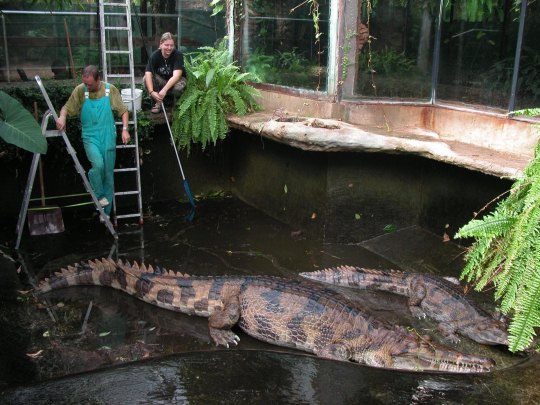
#crocodiles#crocs#gharial#gator#alligator#crocodilian#herpetology#reference#colours#inspiration#paleoart inspiration
2K notes
·
View notes
Text

Alligator at night
By: Peter B. Kaplan
From: Natural History Magazine
1977
1K notes
·
View notes
Text

Gharials (Gavialis gangeticus), male with babies, family Gavialidae, National Chambal Gharial Wildlife Sanctuary, India
CRITICALLY ENDANGERED.
photograph by Dhritiman Mukherjee
2K notes
·
View notes